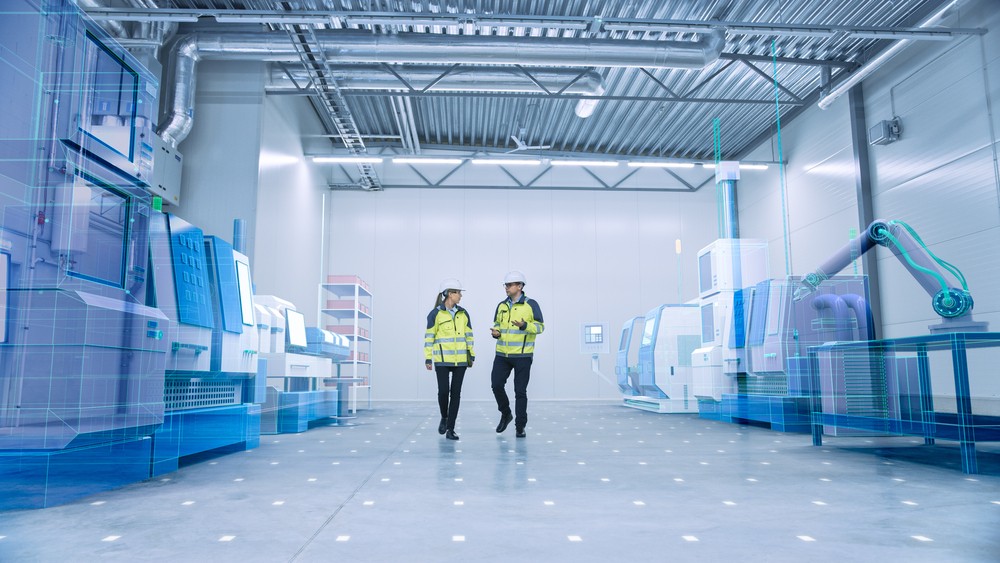Is Your Factory Continuously innovating?

Manufacturing is one big story about innovation. Literal cottage industries evolved into the earliest manufacturing plants, which themselves spurred the advancement and development of new practices and techniques. Now, we’re in the middle of the Fourth Industrial Revolution, where innovation is driving major changes in how, why, and where we do things, and the tools we use to accomplish them. Innovation is in the very blood of manufacturing. It begs the question: how is your factory doing its part to innovate?
An innovation factory
The concept of an “innovation factory” is actually one that’s tossed around in white-collar industries. Chief executive officers (CEOs) and other leaders demand continuous production of new ideas and concepts to help drive the company forward — hence, the concept of manufacturing progress by turning your company into an “innovation factory.” But who’s to say a literal factory can’t become an innovation factory?
There are opportunities for betterment and improvement everywhere — from the processes factory workers abide by to the tools they use. Innovation often occurs naturally. One person does something different and more efficient than they were taught, for example. The benefits of that simple innovation can spur other innovations, and so on. As more people examine more processes and think of better ways to do the things they do each day, the concept of an innovation factory becomes reality.

Examples of real-life innovation factories
Manufacturers that embrace innovation are producers who embrace the willingness to be leaders in not only their sector, but for the manufacturing industry as a whole. Embracing innovation can mean many things — fostering new innovation in-house, welcoming new technology and putting it to use for betterment, or even partnering with companies to improve operations.
- Automaker GM partnered with NASA to bring a robotic glove to its employees, to improve worker safety and efficiency on the floor.
- Apple created Daisy, a robot capable of stripping down old iPhones and other electronics into its base components for easier recycling.
- Many factories have begun partnering with startup Landing.ai to probe for electrical faults in equipment and fix them before problems arise.
With so many avenues for innovation, it’s becoming easier for manufacturers to embrace the concept of becoming an innovation factory. Whether they innovate from within or make strategic moves to foster innovation from the outside, what matters is the willingness to drive betterment.

The rise of future factories
The willingness to consistently innovate is predicated on a “survive or thrive” paradigm. Do you want to survive in an ever-changing industry or thrive in one? Innovation is the difference maker for manufacturers as we emerge in the Fourth Industrial Revolution.
Think back to when cottages became factories, then when factories became epicenters for automation and innovation. The drivers behind these changes were those willing to innovate — those who wanted to find a better way to do what they were already doing. Today, there’s significant push for companies to continue innovating to keep up with the changing landscape of digital factories. But those willing to take charge and lead through innovation don’t need to worry about keeping up – they’ll be the pace-setters who usher in change.
How often is your factory innovating? Are you building a culture of innovation and looking for ways to do things better? Or are you waiting to adopt the innovations another company has already embraced? It’s the difference between surviving and thriving.